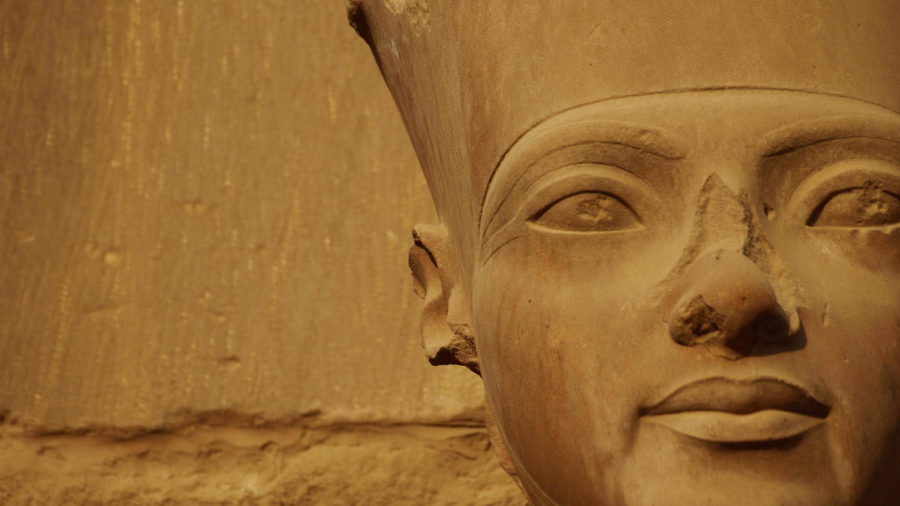Truth Beneath Egypt’s Art
Image via The Times
May 23, 2022
When envisioning Egypt, it’s expected to ponder over the Great Sphinx of Giza, Hieroglyphs, and the Nile River. Above all, they are known for their vast pyramids, opulent clothing, complex language, and advanced knowledge. The Egyptian era, taking place in 3100 BC. to 2150 BC., has fascinated the world with its advanced artifacts, which leaves us with countless questions/conspiracies. Although, many of us fail to hold knowledge beyond the artifacts, considering how fascinating the reasonings and discoveries lie beneath their creations.
For example, the consistent trends of the lack of noses found in Egyptian sculptures. While it was widely believed that they simply fell off over time, there is a significance behind it. The motive lies beneath political and religious beliefs. Their 2-D artifacts have given us information that they deliberately cause damage to their work in a consistent pattern. This is often referred to as iconoclasm. Egyptians believed that spirits could inhabit their represented artifact and the damage inflicted on any part of the vessel’s features can affect the spirit as well. By the removal of the nose, they are removing their ability to breathe, thus killing the spirit.
However, there are still countless theories surrounding the reasoning for why they removed the noses. While most sculptures consist of nobles and pharaohs, it is speculated that thieves would remove their noses along with stealing their valuables. Although, another speculation is that during the Ancient Egyptian era, any past ruler before the current ruler was despised. The current ruler would then remove any past ruler’s nose to bring confidence in their role. While these theories surround the idea of political and religious beliefs, there’s one theory that takes a 180-degree turn. Recently, there’s been speculation that Europeans, specifically Greeks, removed their noses as it was a distinctive black feature. Claiming this part of history as being whitewashed, while this theory fails to obtain any reassuring evidence, it wouldn’t be history’s first time being altered to better favor the privileged. Yet, it’s clear to see this theory lacks reasoning, unlike the rest.
Another interesting fact of their work is the indirect relationship between class and artifacts. As many people know, Egypt had a severe problem with lice, which led to the popular removal of hair, including eyelashes and eyebrows. While it was required for the removal of hair, Egyptians still participated in daily hair care practices, often achieved by barbers. The rich would even go as far as having their own personal barbers. Their hairstyle soon became a symbol of class. The lower the class, the increase of restrictions occurring for styling your hair. Wigs also grew in popularity in Egypt, where expensive wigs would be made out of real human hair, while cheap wigs would consist of sheep’s wool or other animal hair and vegetable fibers. Artifacts would even possess these wigs, defining their class. This can also be seen with men, as high officials would wear small beards. Those beards are then portrayed in their statue.
While there are countless facts about Egyptians’ work, there’s no doubt that they were highly advanced. We’re fortunate enough to have uncovered countless amounts of evidence from them. However, there are still countless more mysteries that await to be deciphered.





























































































































